Remembering The Queen’s Architectural Legacy
- 17 Sep 2022
- By Deshal Shah
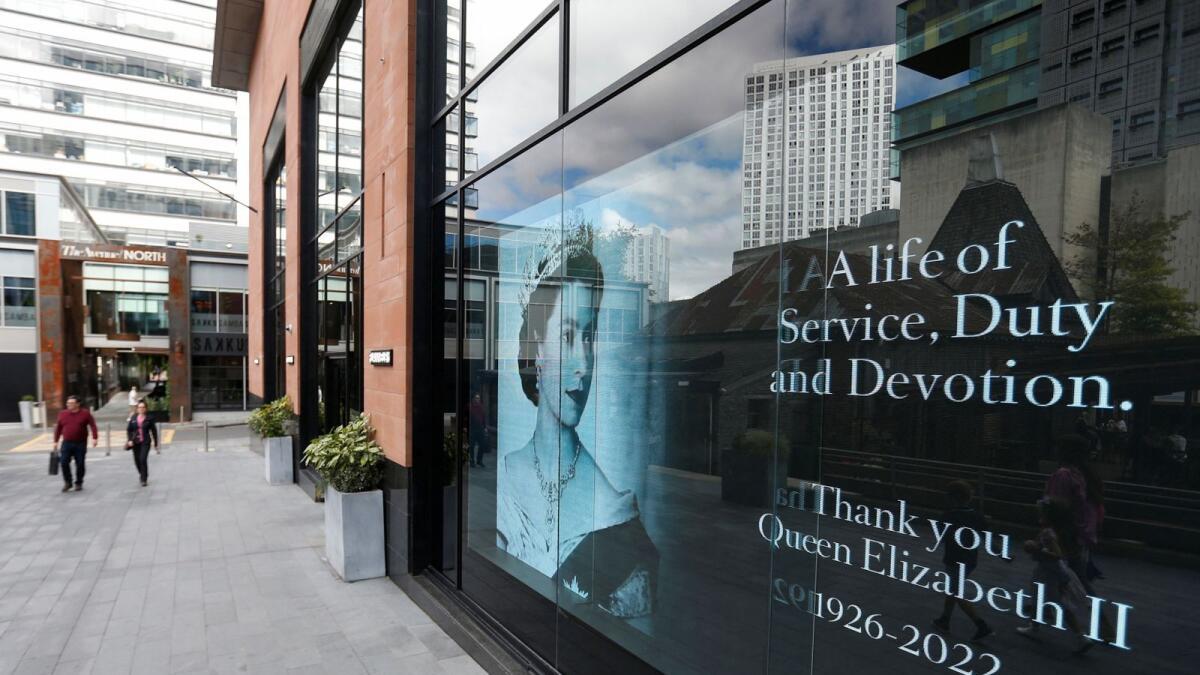
People from around the world have gathered to mourn the death of Queen Elizabeth II, at the age of 96. Earlier this year, she became the first British Monarch to celebrate a Platinum Jubilee of her reign. Today, let us look back at the architectural legacy left behind by Her Majesty, during the 70 years since her ascension to the throne.In her record-breaking time on the throne, the Queen has inaugurated numerous buildings across the UK, Australia and New Zealand. Unlike her predecessor, Queen Elizabeth the first, who lent her name to a style that represented her era, the second Elizabethan Age can be described as pluralistic. The architectural styles had dramatically changed during this time. From the postwar period when Brutalism was prevailing to the Deconstructivism that took over the world in the last few years.
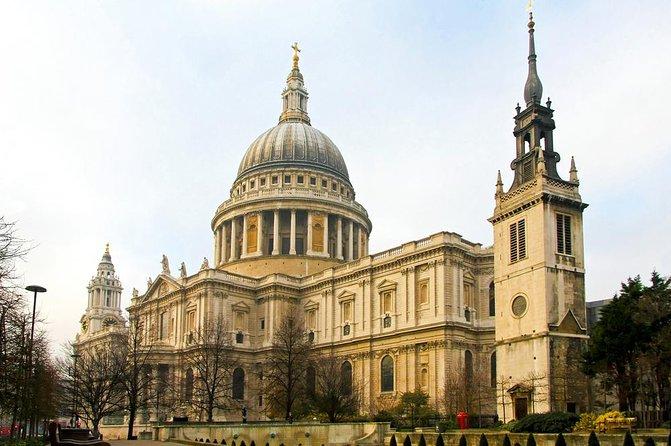
In 1952, when the queen came to the throne, the British landscape was dominated by churches, castles and palaces with the most symbolic architectural forms. St. Paul’s Cathedral was the tallest structure at the time. But then, the focus shifted to public and social buildings. The Post Office Tower and the NatWest Tower inaugurated by the Queen defined steel and glass as the major materials. High-rise was also seen in the residential architecture. Large housing complexes such as Park Hill Estate and the Barbican came to meet reluctance because of its brutalist approach but replaced the low-rise residential buildings.
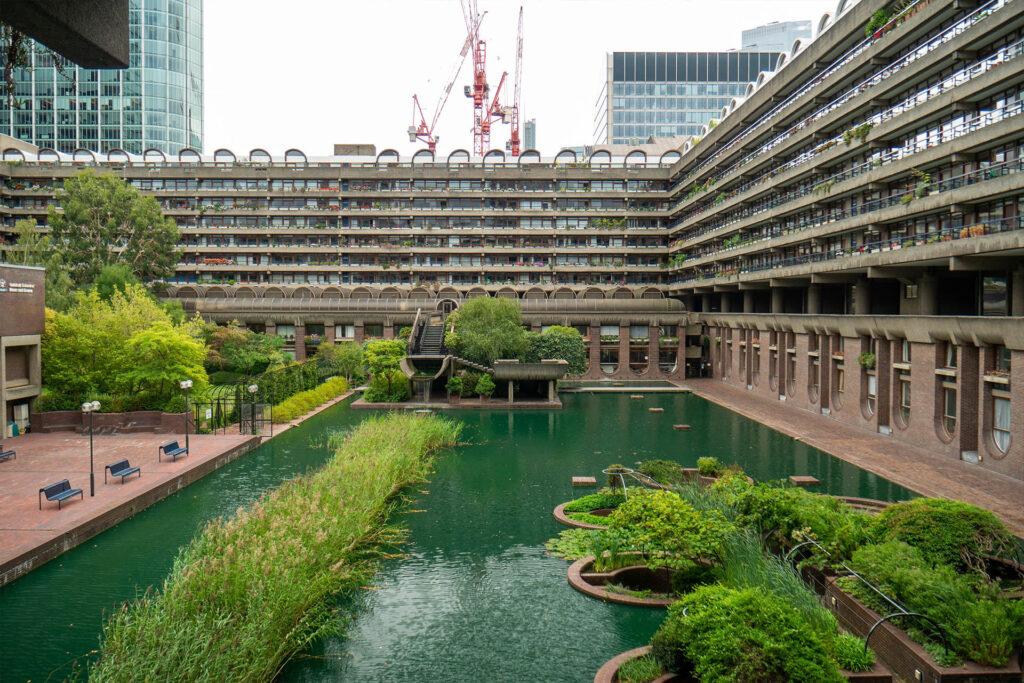
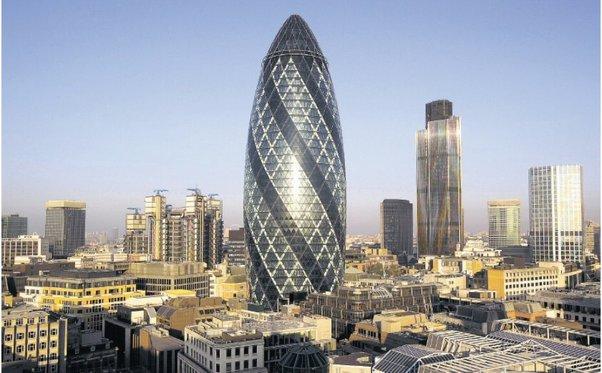
With time, the influence of state also began to diminish and that of private capital began to make a statement over the UK. The buildings like the Gherkin by Norman Foster and the Shard by Renzo Piano are in no way pertinent with the traditions but became representative of the economic growth and led to global recognition of High-Tech movement in London.

Although the styles got muddled up during the Queen’s reign, it gave a wide variety of architectural legacy that wasn’t held back. It will be appreciated as an era of innovation, development and constant improvement of the daily comfort.
Recently Published
loves or pursues or
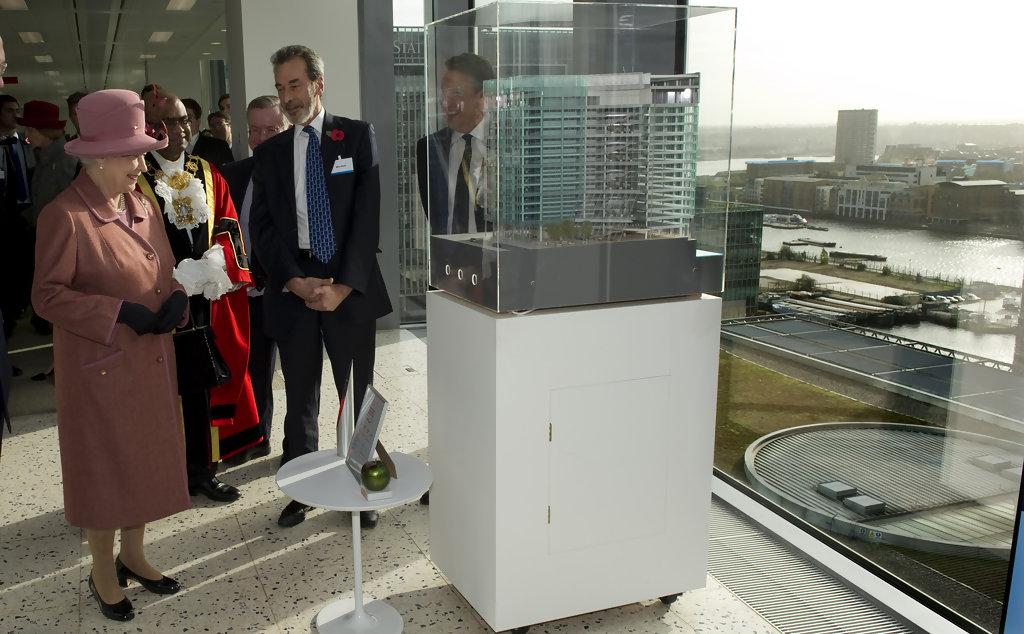 Remembering The Queen’s Architectural Legacy
Remembering The Queen’s Architectural Legacy

.jpg)



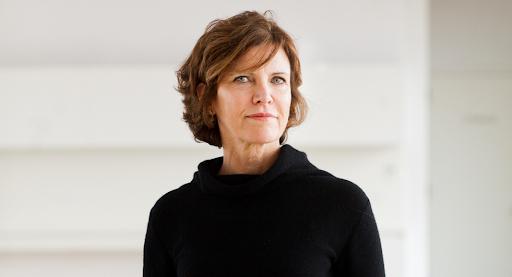


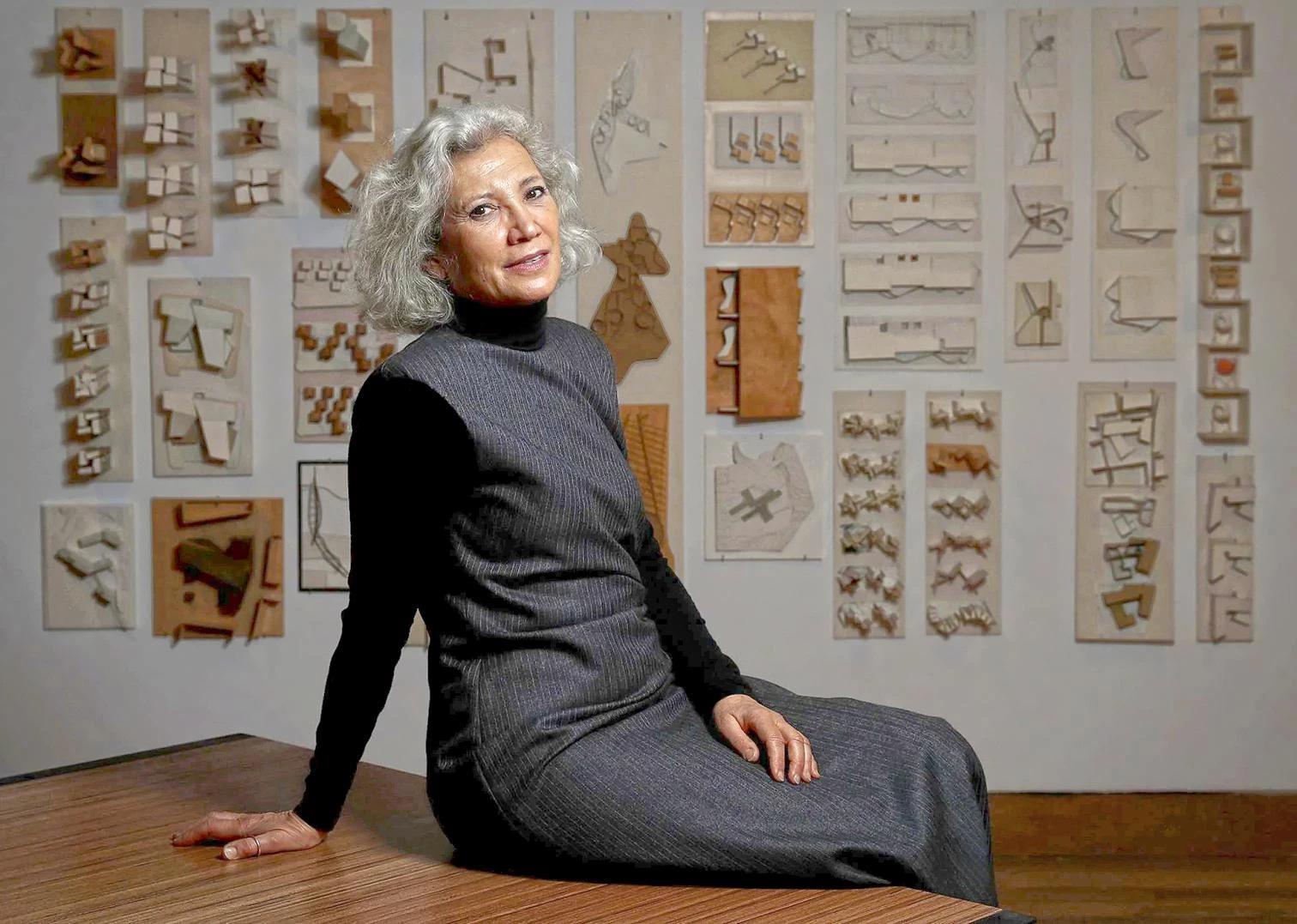
.jpg)